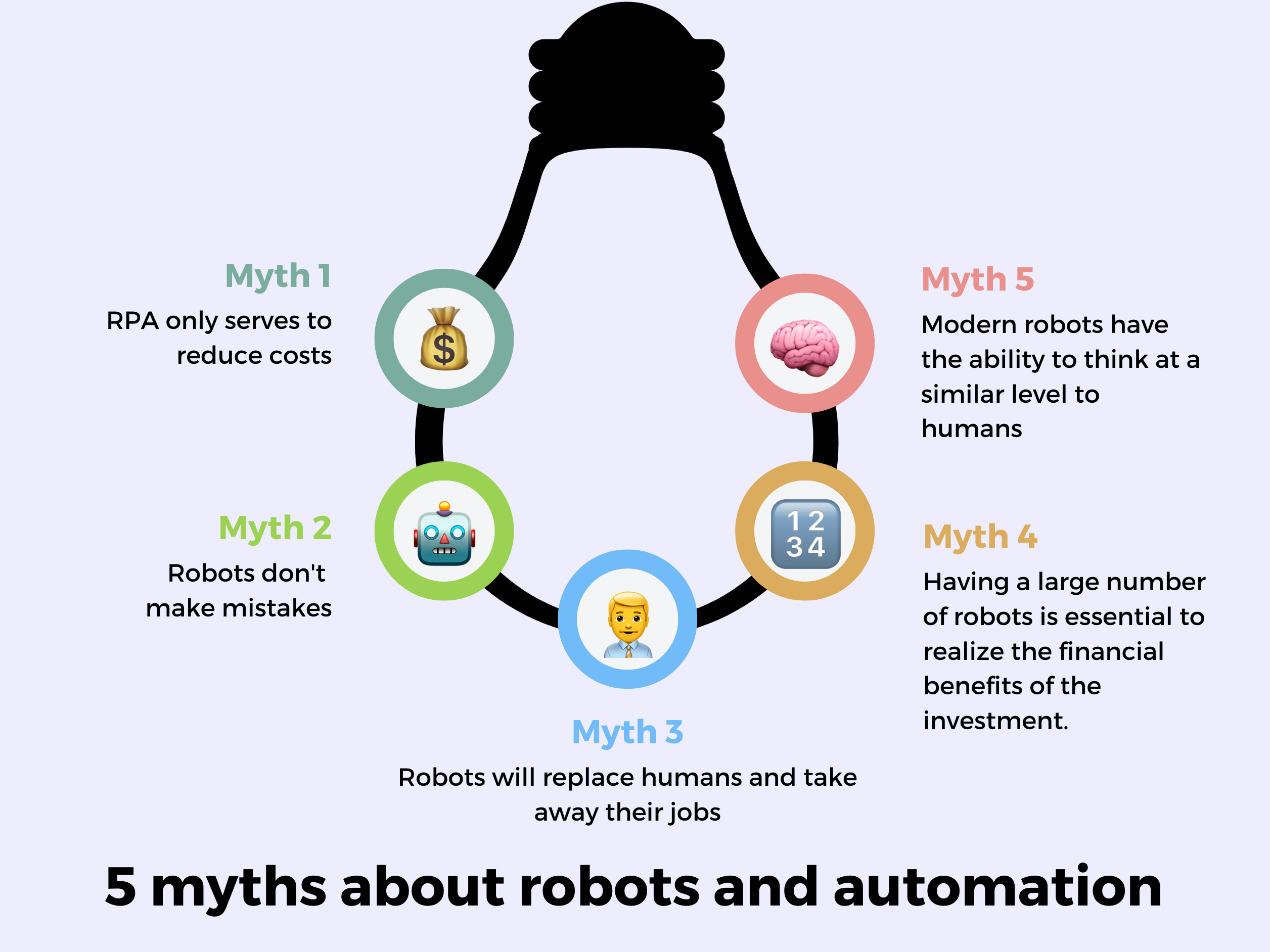
Embracing the future of work: AI, reskilling, and opportunities
The Future of Work is Now! 🌐🤖 According to the latest IBM report, artificial intelligence is changing the professional landscape at a pace we’ve never experienced before. In the next three years, as many as 40% of employees may need to retrain themselves to adapt to the changes brought about by AI. For some, it’s a challenge, but for others, it’s a tremendous opportunity! Did you know that generative AI models like ChatGPT can now perform many technical tasks, including writing and coding, with incredible precision? It might be intimidating, but research shows that… AI doesn’t necessarily replace workers – it assists them! 🧠 For those who want to lead this revolution, we present our training programs in Robotic Process Automation (RPA). Our programs are tailored to the evolving job market, helping employees requalify and face new challenges. IBM’s research results show that individuals who have transformed their skills in relation to AI have seen a 15% increase in income, and those who focus on AI can even enjoy a 36% higher income growth. This is a sign that the future of work depends on our readiness to learn and adapt. Artificial intelligence won’t replace people, but people who harness AI will replace those who don’t. Shifting priorities to interpersonal skills, such as team management, effective communication, and adaptability, is inevitable. Are you ready for the future of work with artificial intelligence? XELTO DIGITAL is here to help! 🚀🤝📈 Contact us and discover more!



